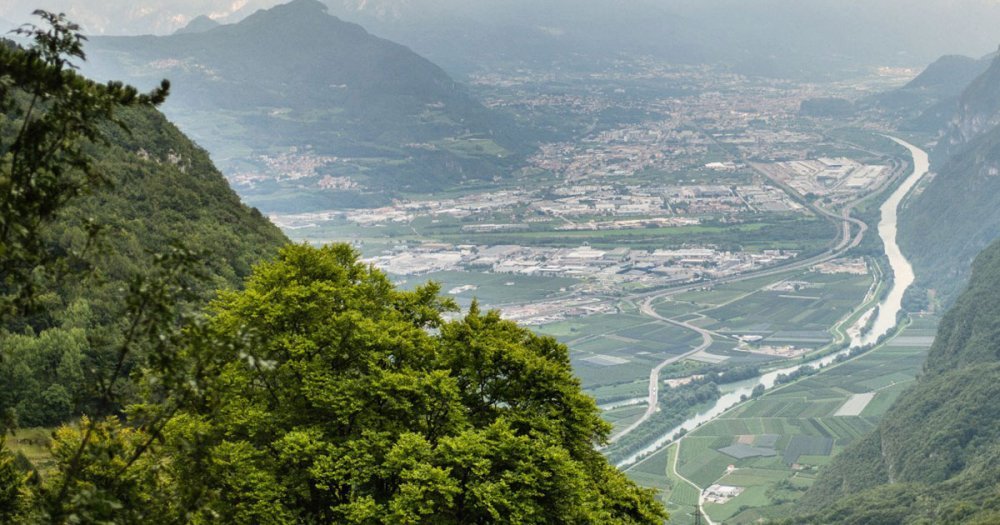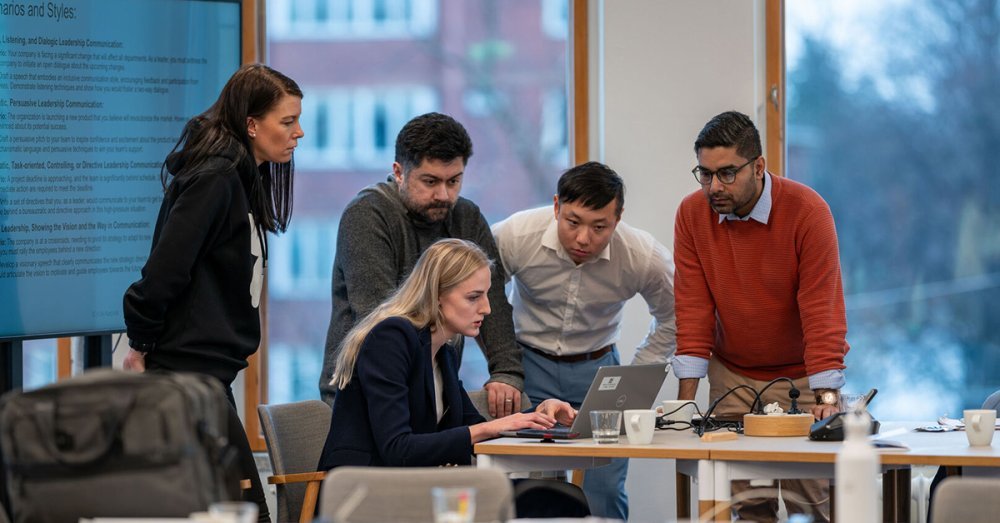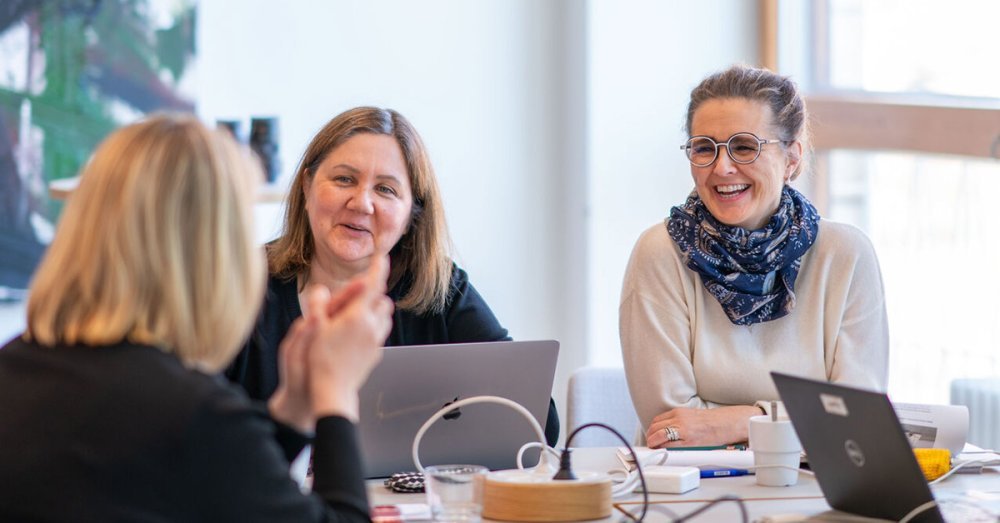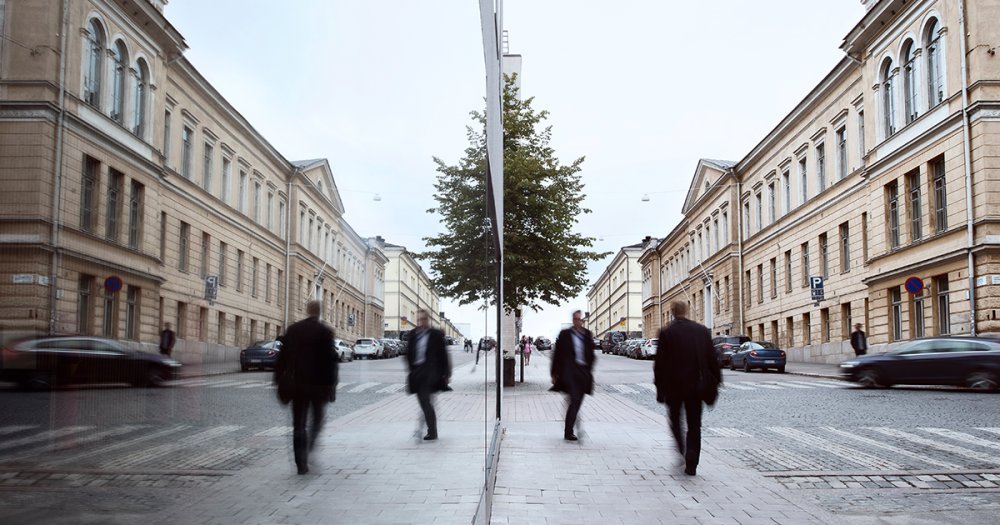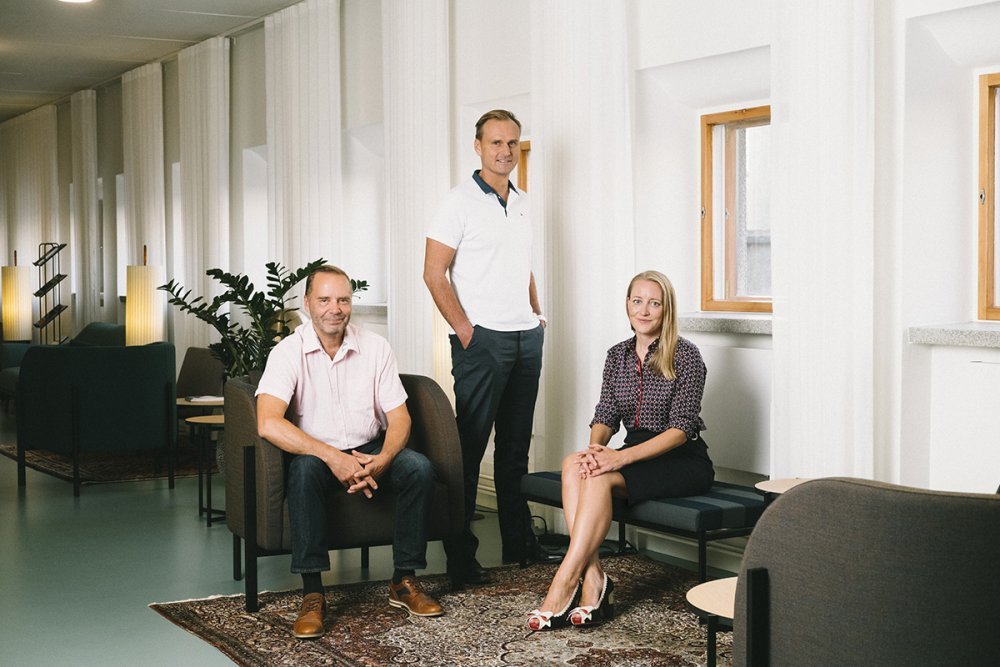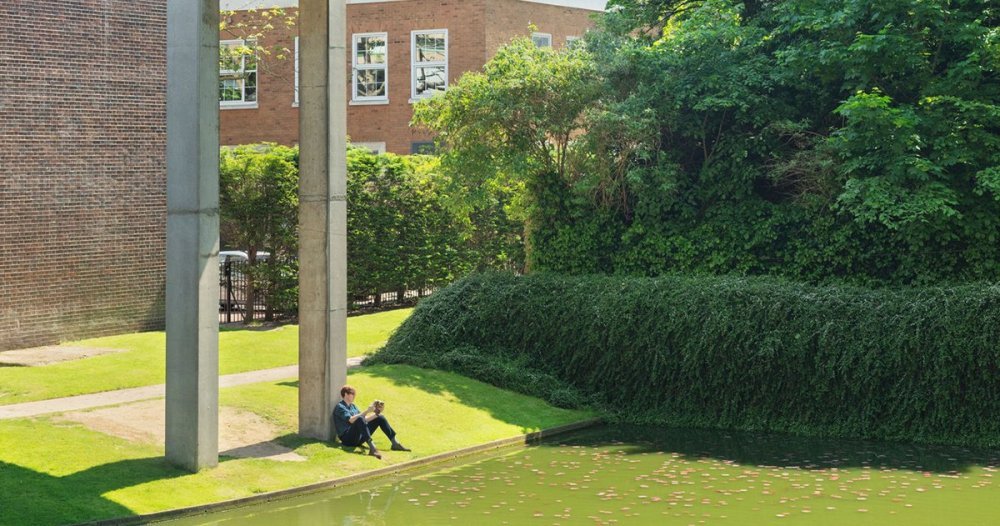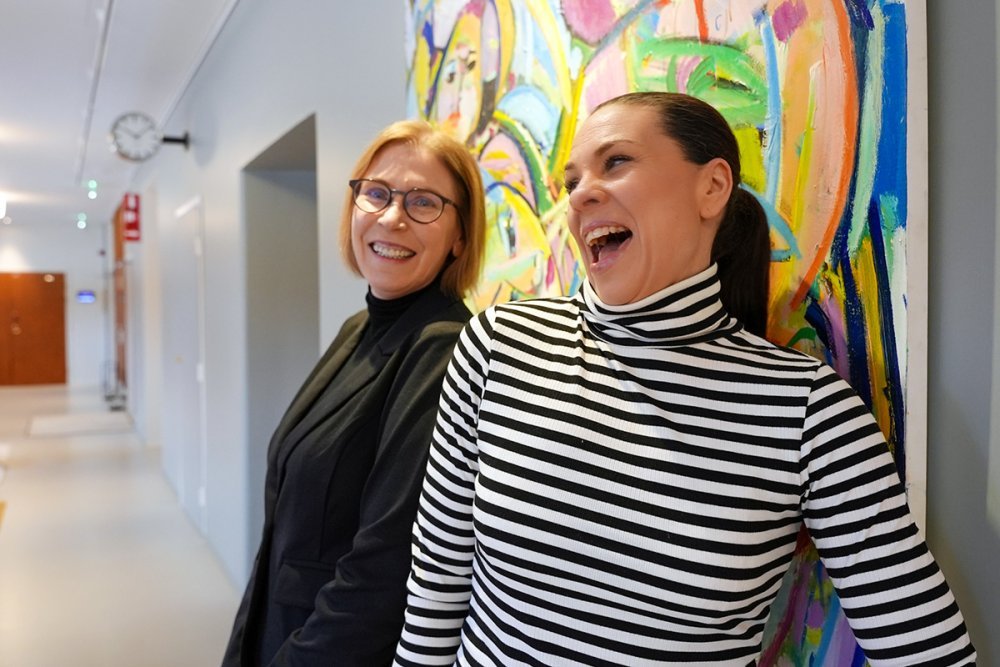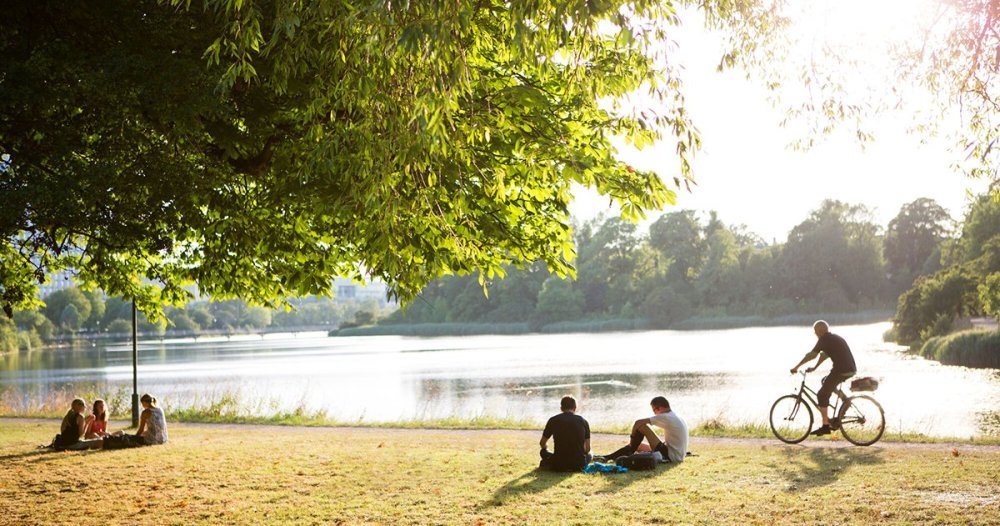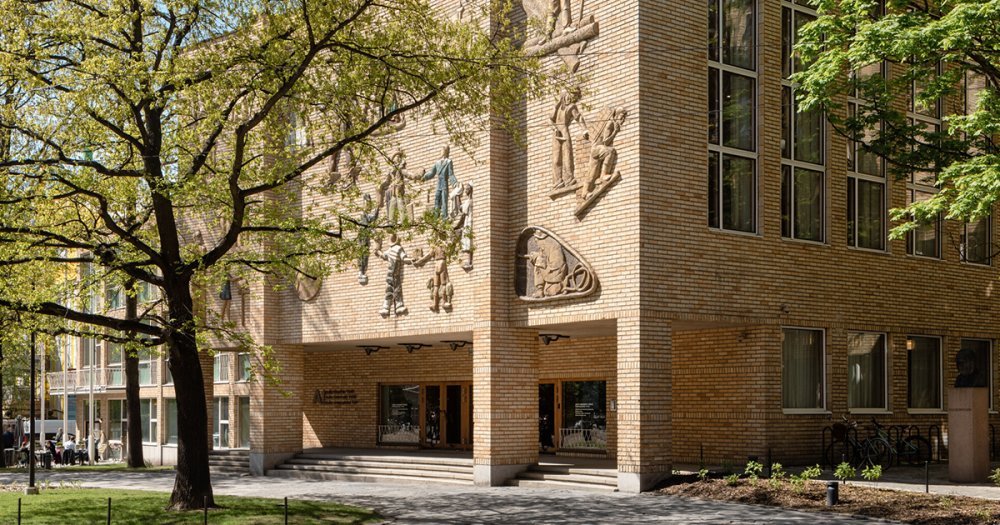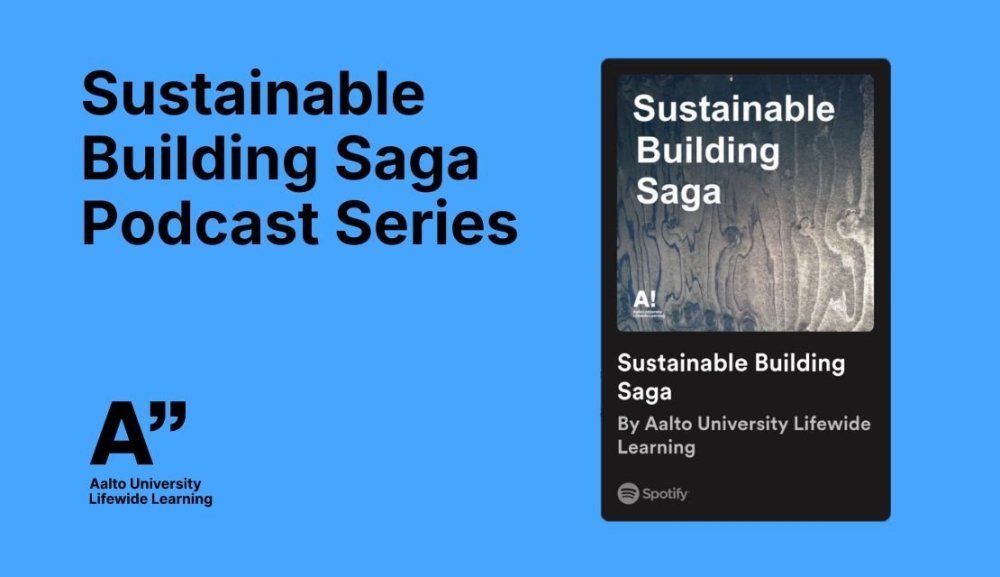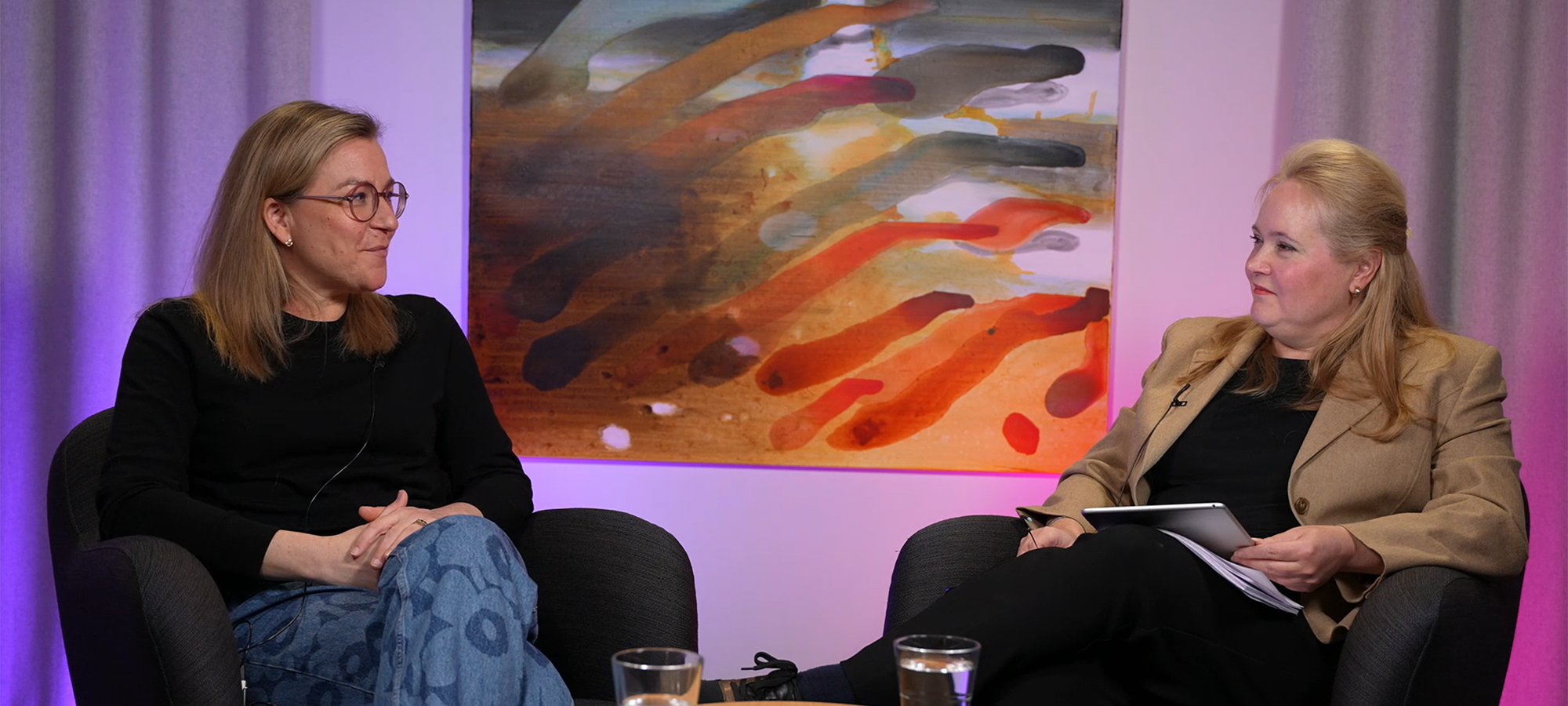Webinar Recording: The Potential of Digital Vegetation in the Design of Sustainable and Biodiversity-Rich Cities
Urbanization causes pressures on cities to densify and adapt, often at the expense of green spaces and ecological balance. Green infrastructure provides critical Ecosystem Services—such as climate regulation, mental well-being, and biodiversity support—yet these benefits are often difficult to quantify and integrate into urban planning. As a result, green areas are frequently sacrificed to develop new land uses, such as buildings or transport infrastructure, causing environmental and social challenges.
25.02.2025
| VideoDigital vegetation offers a transformative solution. Detailed, data-driven 3D models of urban greenery, integrated into urban planning tools and digital twins, enable planners to analyze, visualize, and discuss urban design for ecological sustainability, climate resilience, and citizen wellbeing. By, for example, quantifying Ecosystem Service provision across urban spaces and allowing these insights to be merged into planning tools and metrics, digital vegetation bridges the gap between ecological knowledge and urban design, empowering cities to balance infrastructure and biodiversity.
This webinar recording provides an overview of current advancements and future directions in digital vegetation, demonstrating its potential to create sustainable, biodiversity-rich cities. Remote sensing and deep learning identify plant species and distributions, while AI-based algorithms create realistic 3D vegetation visualizations. Participatory planning and citizen science tools refine these models by incorporating stakeholder input. Advanced simulations allow planners to predict vegetation growth and test climate resilience strategies.
Digital vegetation will support urban planners in integrating greenery into infrastructure more seamlessly and using diverse species and nature-based solutions in urban designs.
The webinar was be organized in cooperation with the FinEst Centre for Smart Cities.
Speaker
Dr. Henna FabritiusDr. Henna Fabritius works as a Senior Researcher at the FinEst Centre of Smart Cities, Tallinn University of Technology. After defending her PhD in Ecology and Evolutionary Biology at the University of Helsinki, Henna Fabritius has worked or been affiliated with as an academic visitor in five universities in Finland, Sweden, and Estonia. With a background ranging from R&D in software development to spatio-temporal modelling of ecological dynamics, she is currently leading several research projects on digital biodiversity for urban areas and leading the Built Environment thematic group of the FinEst Centre of Smart Cities.
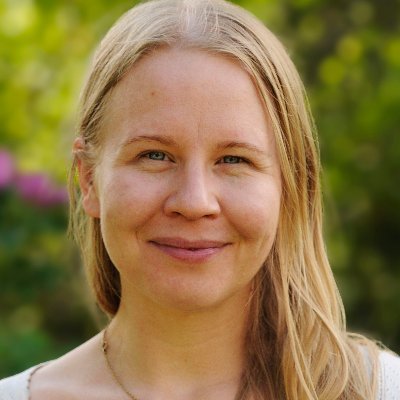
Are you interested in built environment training programs?
Read more and apply for the YTK:n Pitkä kurssi (in Finnish).
See all built environment programs.

